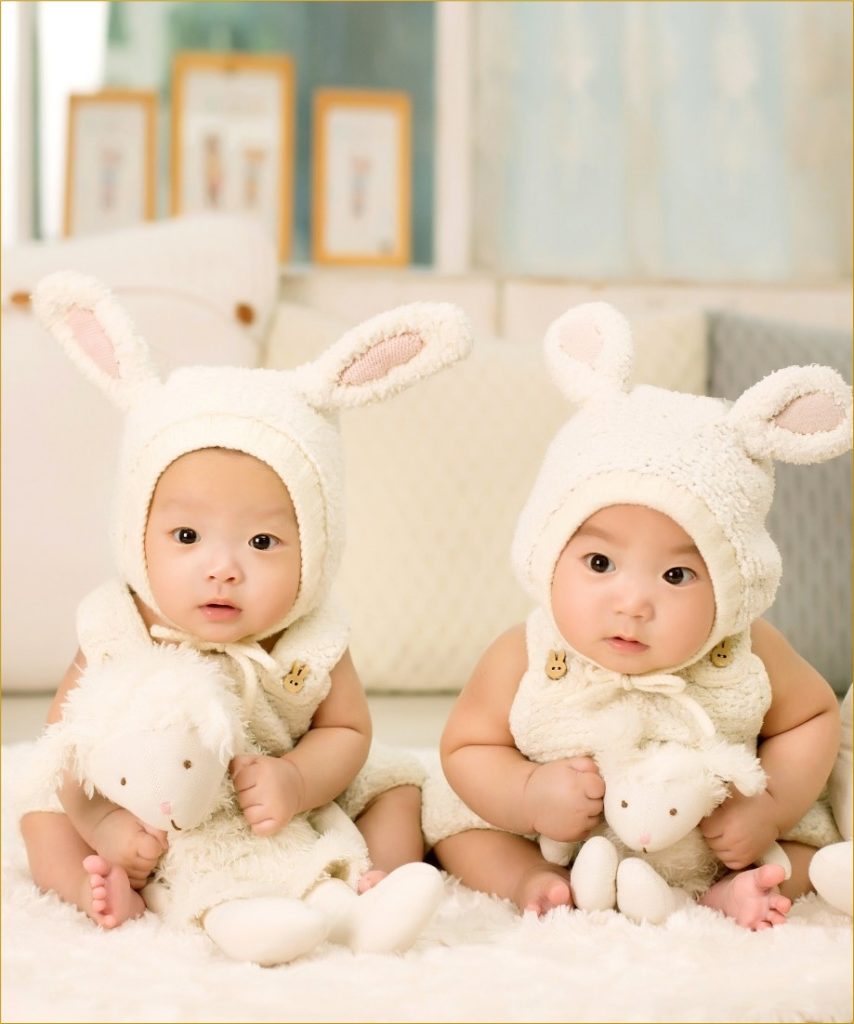Twin Ties: Role Model, Rescuer, Rival
The different roles and functions that twins play for each other are powerful and poignant. Talk to parents of twins and you will hear them recount story after story about how their children were best friends, looked out for each other, soothed and protected each other, and pined for their sibling when they were separated. Of course, witnessing these loving and devoted behaviors in young twins cements an indelible expectation of ongoing, lifelong twin love.
Unfortunately, this perspective obliterates the recognition of looming developmental needs for individuality and separateness, which evolve and transform throughout twins’ lives. For example, thirteen-year-old boys who used to be best friends begin fighting and tell their parents they hate being a twin, a forty-year-old woman discovers how her twin caretaking patterns have interfered with her finding a healthy romantic attachment, and an eighty-five-year-old woman acknowledges how being forever unfavorably compared with her sister inhibited her spontaneous expression of nurturing and validation with her children.
My hope is that parents of twins keep an open mind about twin relationships. Putting away some of the twin ideologies and opening up to real and expectable twin challenges will allow for more flexible and creative thinking. If and when one or both twins deviate from idealized twin stereotypes, parents’ willingness to accept and work within new parameters is vital. It will not only help ensure a more peaceful transition to the twins’ selfhood but also lay essential groundwork for building a healthier parental tie with each one of them as they mature.



Selfhood is a great term! I refer to this idea as my individuality, but selfhood is fabulous cuz it brings it back to me, myself, and I. For so long I think as a we. Joan your continued writings are soo helpful for me and very empowering. Thank you!